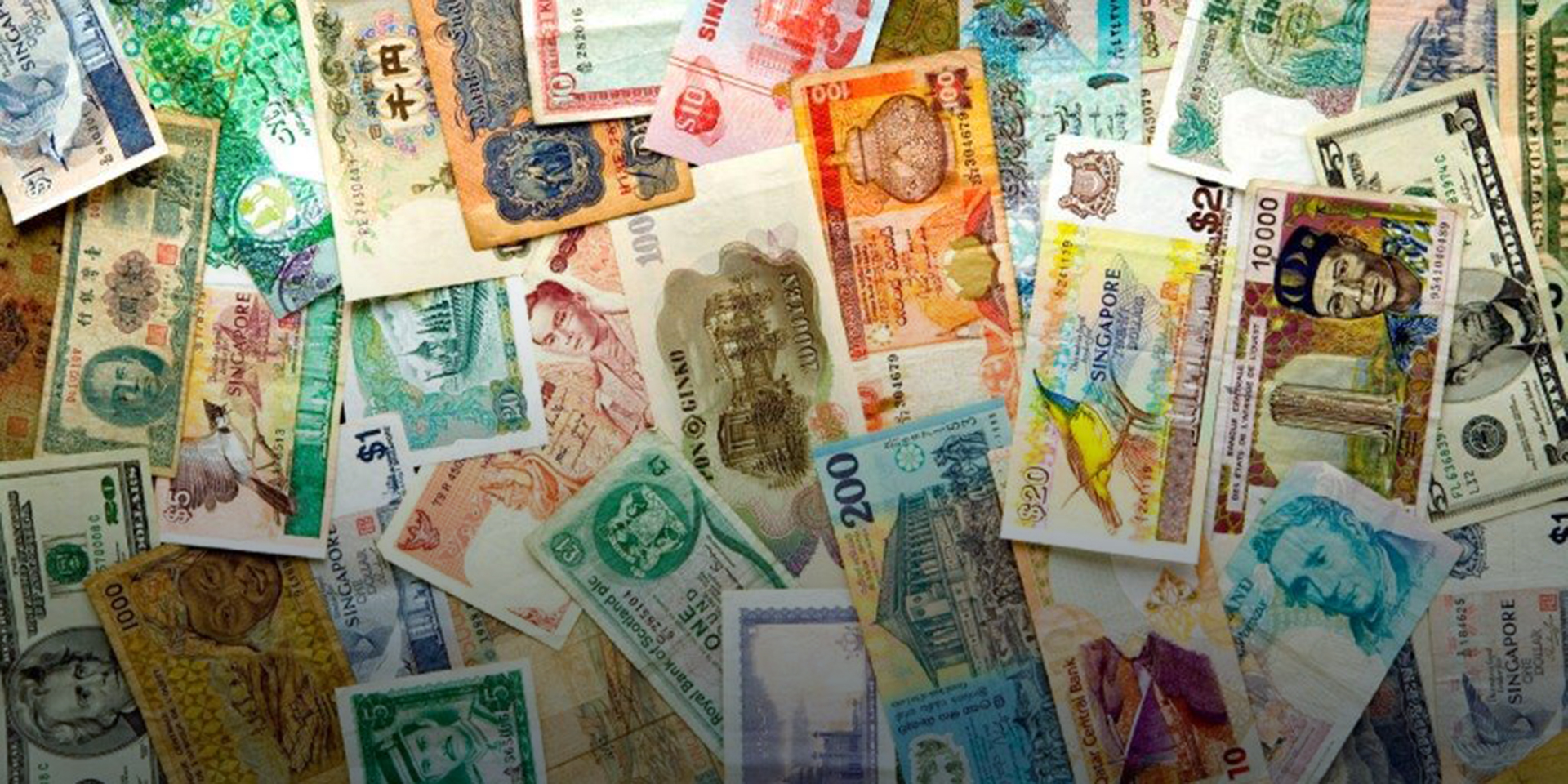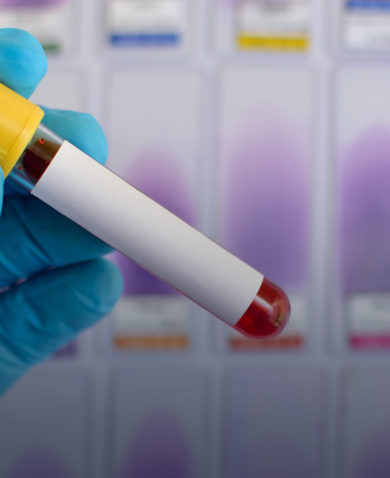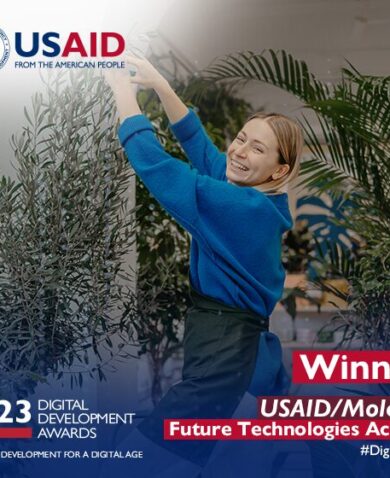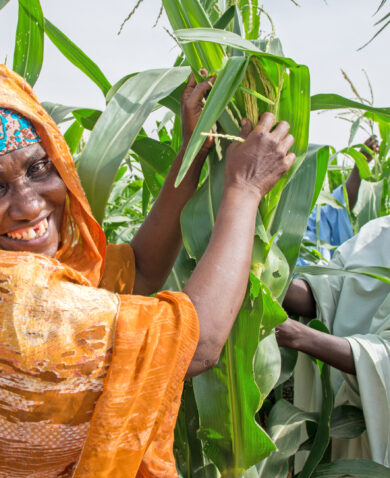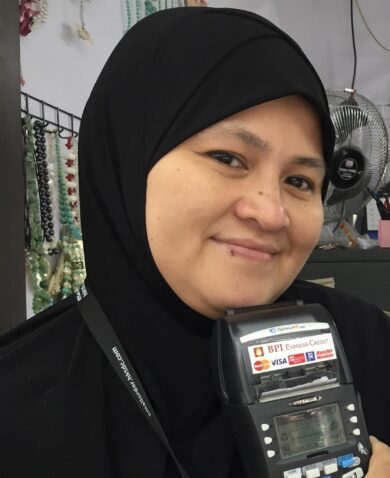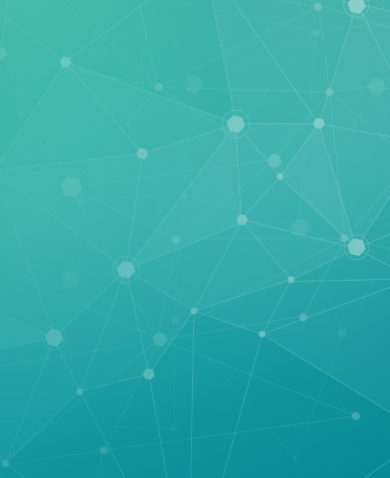Broadening the Pool of Available Capital Through Impact Investing
Over the past 10 years, and even more so recently, there has been a consistent trend in the investment of private capital: social impact matters, and individuals are seeking places to put their money that deliver both social and financial returns. Like PPPs, impact investing provides an additional source of funding to create social value and extend global development expenditures for all SDGs.
USAID and development actors are looking to harness, strengthen, and channel those flows of capital in two ways. First, USAID and others are identifying investment opportunities in frontier economies; and second, the development sector is implementing projects that direct the flow of financial investments to developing countries in ways that align with country strategies and maximize social impact. An example of the latter strategy is the Liberian Diaspora Fund, established by the Khana Group and the Liberian Professional Network. The fund channels remittances from the Liberian diaspora toward investments in small- and medium-sized enterprises (SMEs) in Liberia to help fight poverty and sustainably create jobs. Of the fund’s investments, 75 percent come from the diaspora and 25 percent come from sources like the U.S. Overseas Private Investment Corporation (OPIC), the World Bank, USAID, and others. The fund also provides mentorship and training in accounting, critical business skills, and marketing to entrepreneurs. Impact investing has great potential for extending impact and expanding the amount of funds available to social entrepreneurs in developing countries, and applies well-tested, market-based solutions to development challenges.
Unlocking Energy with Loan Guarantees
From Goal 6, calling for clean water and sanitation, to Goal 11, focused on sustainable cities and communities, many of the SDGs will require a significant investment in infrastructure by 2030. In particular, making meaningful improvements in clean and renewable energy availability under Goal 7 will require significantly higher levels of financing. Loan guarantees are one such financial mechanism that can help unlock private capital and boost investment in renewable energy projects.
A loan guarantee is a risk-sharing mechanism whereby institutions like the USAID Development Credit Authority (DCA) cover up to 50 percent of a loan issued by a local bank if a borrower fails to repay the loan. This tool encourages typically risk-averse local financial institutions to lend to underserved businesses, particularly those in newer and less understood sectors like renewable energy.
In South Africa, for example, a loan guarantee gave local financial institutions the market confidence to develop and open a $200 million low-emissions debt facility used to finance entrepreneurs and jump start small-scale renewable energy projects. The USAID South Africa Low Emissions Development Project worked with DCA to develop a guarantee for South Africa’s national development finance institution, which had been hesitant to provide debt financing to solar panel developers and other entrepreneurs for renewable energy projects. At the time, this guarantee was the largest guarantee in the history of DCA, and the first project finance structure signed by DCA.
Blending Public and Private Money to Address Tomorrow’s Health Challenges Today
The health sector presents a unique development challenge — well-tested solutions already exist to solve many of the health problems that afflict developing countries but the right level of funding at the right time often do not exist to meet those challenges. Goal 3, focused on good health and wellbeing, requires new investments of $134 billion to $371 billion annually in order to meet the needs of 67 low- and middle-income countries. Immunizations and health facility construction are particularly attractive targets for innovative blended finance solutions, given that they are easily verifiable and attributable, and require generally predictable flows of funding capital.
In November 2017, USAID announced a blended finance solution for health: the world’s first health impact bond. The Utkrisht Impact Bond is a collaboration with Merck for Mothers, the UBS Optimus Foundation, Population Services International (PSI), Palladium, and the Hindustan Latex Family Planning Promotion Trust (HLFPPT). This maternal and newborn health development impact bond ties funding to successful achievement of performance targets. The UBS Optimus Foundation will use private sector dollars to front the capital required to increase access to supplies, train staff, and improve service delivery. However, they will only be paid back for their investment if strenuous performance targets are met. If they do meet those targets, USAID and Merck for Mothers will pay back the investment. USAID has unlocked private sector funding by designing an investment opportunity that can provide the predictable financial inputs, measurable outcomes, and risk-return profile required by institutional investors.
Show Me the Money
The preceding tools have the strong potential to fill the finance gap to meet the Sustainable Development Goals. There is a clear appetite from policymakers and leaders in development for emerging strategies that deepen impact and make development dollars go further. The new USAID administrator, Mark Green, has called innovative finance, “a way of not only making our dollars go further, but also refreshing our work.” This is an opportunity and a mandate for the development community to fully embrace innovative financial tools. There is more than enough money in the world to finance and achieve the SDGs, we just need to harness it.

